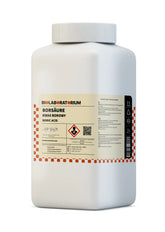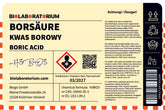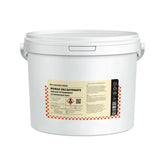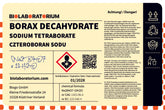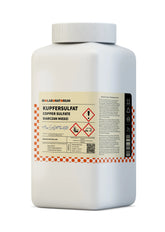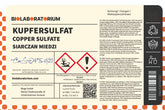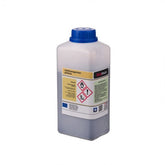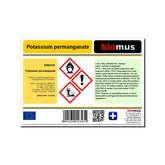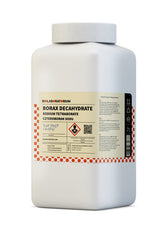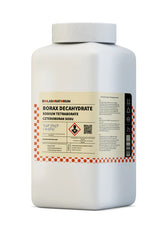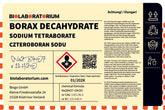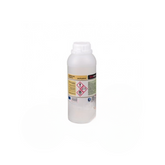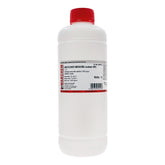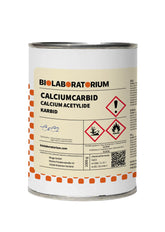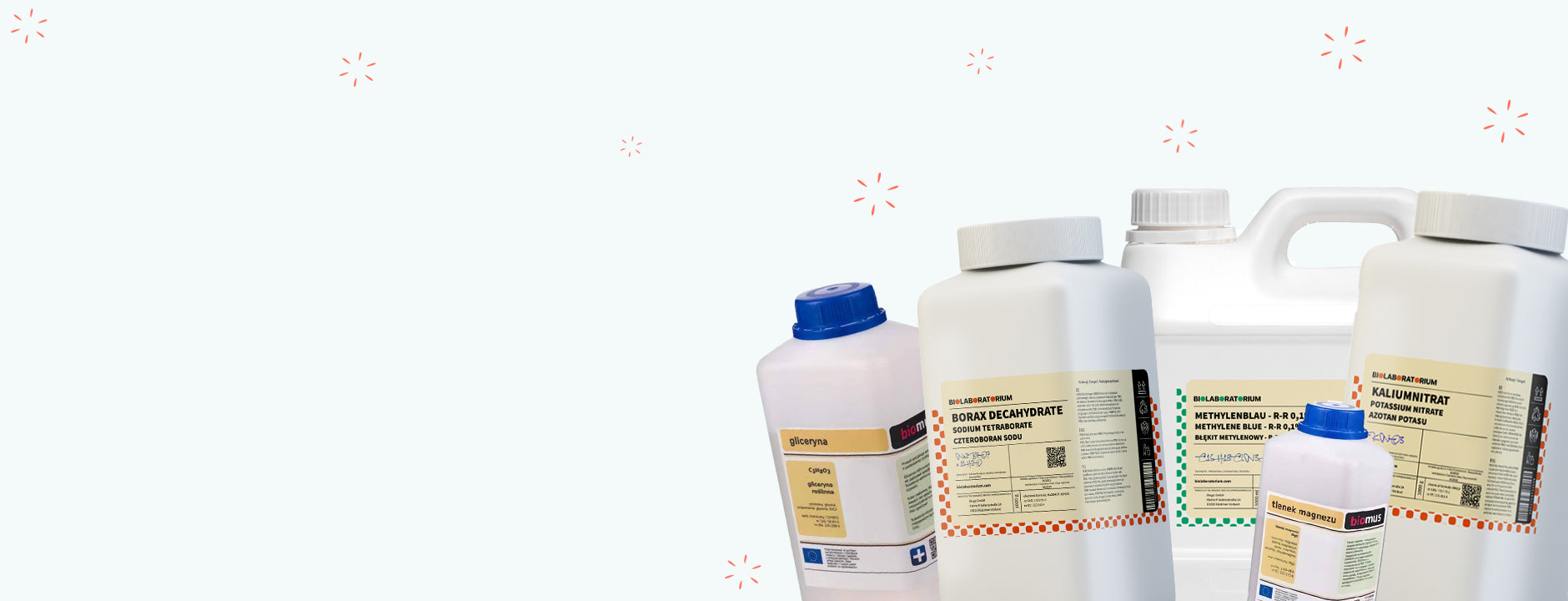Indigo carmine – From color to function: What is there to know about this dye?
Indigo carmine is a fascinating dye with a long history and diverse applications. This blue dye, also known as Indigo-5,5'-disulfonic acid or E132, has established itself over centuries as an important component in textile dyeing, the food industry, and even in medicine. In this blog post, we want to take a closer look at the properties, production, and use of indigo carmine.
The history of indigo carmine
Indigo carmine has a long and fascinating history. The dye was first obtained in the 16th century from the indigo plant, which is native to Asia and South America. For centuries, indigo was one of the most important dyes for the textile industry and was painstakingly extracted from the leaves of the indigo plant.
It was not until the 19th century that chemists succeeded in synthesizing the dye. This revolutionized textile dyeing and made indigo one of the first industrially produced dyes. Since then, indigo carmine has established itself in many industries and is produced in large quantities today.
The properties of indigo carmine
Indigo carmine is a blue, water-soluble dye that belongs to the group of triphenylmethane dyes. Its chemical formula is C₁₆H₈N₂Na₂O₈S₂ and it has an intense, deep blue color.
In addition to its color intensity, indigo carmine is characterized by other interesting properties:
Redox indicator properties
Indigocarmine is a redox indicator that changes its color depending on the oxidation state. In an oxidizing environment, it appears blue; in a reducing environment, colorless. This property makes it an important tool in analytics and titration.
Solubility and stability
Indigocarmine is well soluble in water and relatively stable against light, acids, and bases. This facilitates its handling and application in various products.
Harmlessness
Indigocarmine is considered harmless to humans and the environment. It is approved in the EU as food dye E132 and is also used in medicine.
Applications of indigocarmine
Due to its diverse properties, indigocarmine is used in numerous industries:
Textile dyeing
One of the main application areas of indigocarmine is textile dyeing. The dye is excellent for coloring cotton, wool, and silk in various shades of blue.
Food industry
In the food industry, indigocarmine is used as dye E132. It is found in beverages, sweets, ice cream, and other products to give them an attractive blue color.
Medicine and analytics
In medicine, indigocarmine is used as a dye for diagnostic purposes, such as in urinary tract examinations. In analytics, it serves as a redox indicator in titrations.
Further Applications
Furthermore, indigocarmine is used in cosmetic products, inks, varnishes, and even in fire detectors. Its versatility is impressive.
Safe use of indigocarmine
Although indigocarmine is considered harmless, some safety aspects must be observed when using it:
- Avoidance of skin contact and inhalation: Protective gloves and a suitable respiratory mask should be worn when handling.
- Disposal: Excess dye must be disposed of properly to avoid environmental damage.
- Compliance with limits: Maximum amounts of indigocarmine are set for food and cosmetics, which must be observed.
With proper handling and disposal, indigocarmine can be used safely and effectively in many products.
Conclusion
Indigocarmine is a fascinating dye with a long history and diverse applications. From textile dyeing to medicine – this blue dye has established itself in numerous industries. Thanks to its properties such as color intensity, solubility, and redox indicator function, indigocarmine is a valuable component of many products. With proper handling and disposal, the dye can be used safely and effectively.

